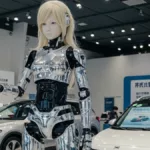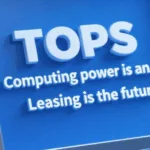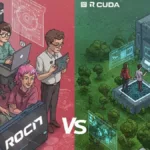What is the car of tomorrow? A flying space car a la the Jetsons? The once popular people mover in Disneyland’s Tomorrowland?
Or is it, as GM envisions, an electric-networked vehicle which you leave the driving to for the most part while you catch up on the digital daily and drink your coffee on the commute to the office?
The GM vision, known as EN-V (Electric Networked Vehicle), is now in phase 2.0, pushing auto technology further into the future.
The Chevrolet EN-V 2.0 vehicle is an evolution of GM’s automotive, people mover like future of tomorrow. We first profiled this concept two years ago, even getting a chance to go for a spin in one at the 2011 Consumer Electronics Show. Now, in 2012, the EN-V version being showcased at Auto China 2012 represents a type of vehicle far and away different when you compare it to GM’s current major green car initiative, the Volt.

The EN-V 2.0, according to GM, follows in the footsteps of the first version, which was “developed to show the possibilities for alleviating concerns surrounding traffic congestion, parking availability, air quality and affordability for tomorrow’s cities.”
A vehicle like this would, in some ways, be an ideal design for increasingly crowded urban settings. This is particularly true in mega-cities in China, where prototypes of EN-V 2.0 will be used in pilot studies.
Technologically speaking, EN-V 2.0 would make use of offerings such as the mobility Internet, electrification and telematics to help “change the automotive landscape and ensure a sustainable future for our industry,” says GM. The updated, four-wheeled pod like configuration of this electric vehicle, as we pointed out last October, includes features such as climate control, personal storage space and all-weather and road condition operation, while preserving key elements of the original EN-V, such as the small footprint and maneuverability.
When we test rode in the original EN-V back in January 2011, it was an interesting experience, to say the least. The idea of being in a small, somewhat confining vehicle which, at the same time, offered generous headroom and nearly complete autonomous driving, both intrigued and concerned us.
The idea of not worrying about having to shark for parking was awesome, but disconcerting was the notion of not always being in driving control. One can take that control if they so choose, but as a herald of ideas to come, it is a new way of thinking of driving which will likely take some getting used to, green technology enabled or otherwise.






